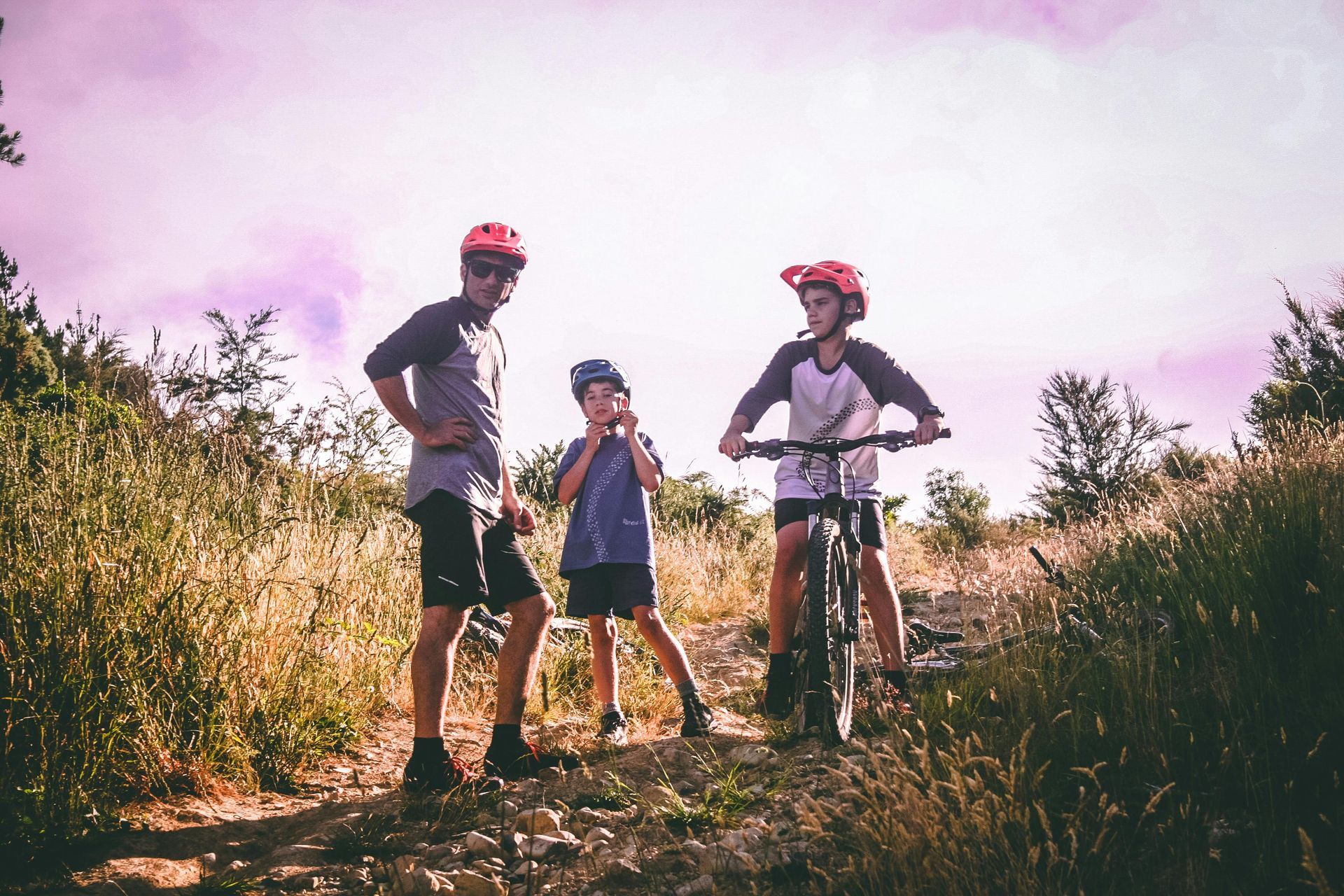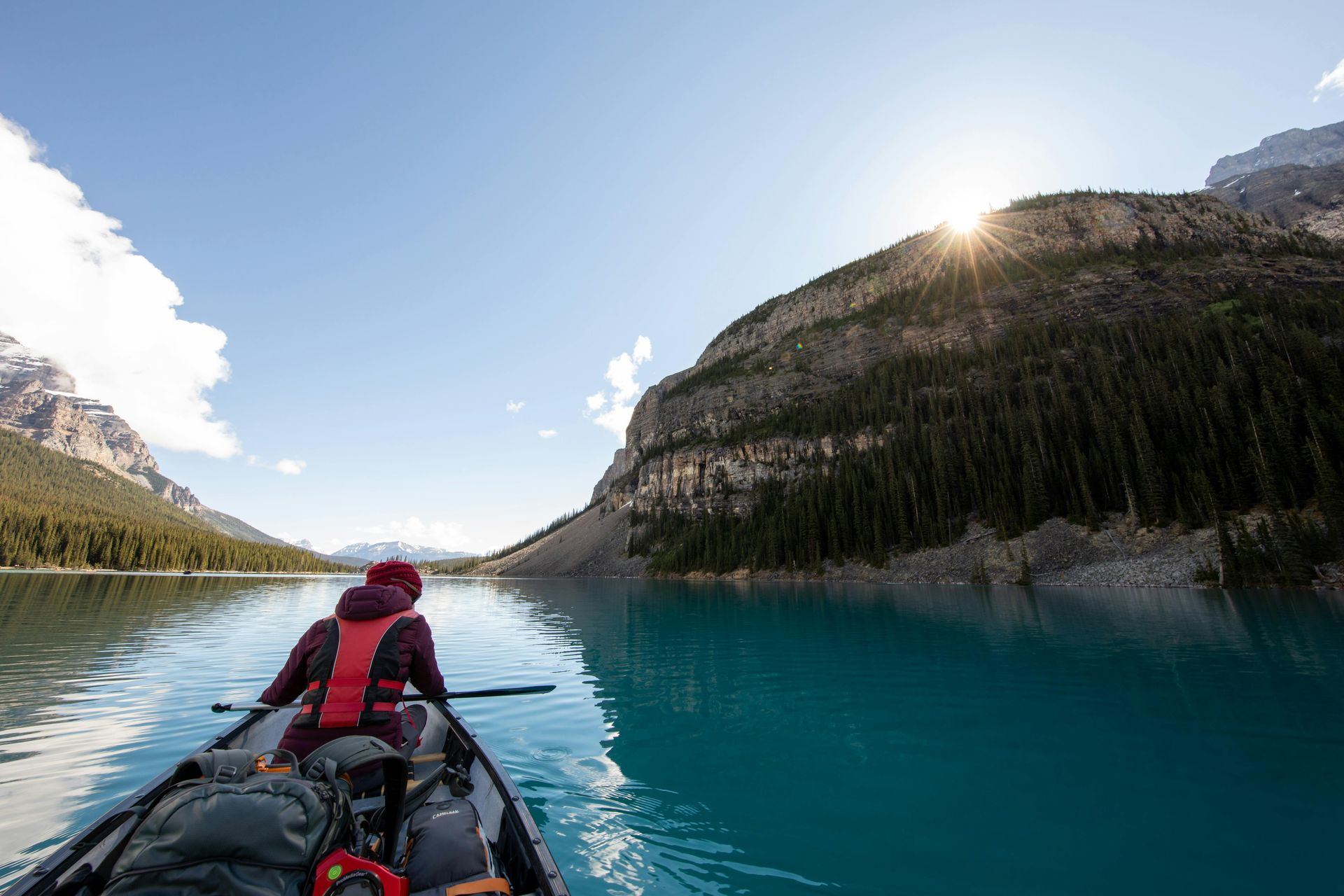It's Just a Little Rain
Proactive Weather Planning for School Excursions

As I lay back snuggled in my sleeping bag, the constant pitter-patter of rain hits and splashes noisily on my tent. We've just canoed all day on Lake Yarrunga with our Year 9 boys. Half of it was in the rain, the other half on calm, glassy water. Dinner and our debrief tonight switched between sitting around the campfire and huddling under a tarp as the showers swept through. The boys were all in bed by 8 pm. It’s been a good day.
I'd known about the rain for days, so this was neither a surprise nor a major concern. But where do you draw the line?
The Non-Negotiable Habit: Why Every Trip Needs a Weather Check
For many excursions, like visiting a museum, weather isn't the most important factor. However, it's a vital habit to check conditions before any and every trip to get the whole operational picture. It’s far better to change plans in anticipation of problems, rather than dealing with the consequences of a bad decision.
Being able to make an informed decision by checking the weather is an important part of any school's risk management strategy on all excursions, sports, and camps. It literally takes two minutes and can save you hours or months of trauma.
From Forecast to Field: A Case Study in Proactive Planning
Back to my iPhone-illuminated tent. I'd known since last week that the forecast was for rain and it would be a factor in our decision-making. We discussed the issue as a team and devised a clear contingency plan. Using our school excursion risk assessment software, Xcursion Planner, we logged the forecast, documented our contingency options, and ensured the entire team was briefed on the triggers for changing our plan. This creates a clear, auditable trail of professional practice.
I’d rather err on the side of caution than be stuck with the consequences. Being proactive about the weather is one of the best ways of doing this.
Now, I've also been in the situation where the weather was checked and I thought the level of risk was unacceptable to proceed, yet I was told by a boss I had to go out. The result was bad... but that's a whole other story.
Uncomfortable vs. Unacceptable: The Critical Distinction
This is not to say that you should only be a fair-weather field tripper. Having kids feel uncomfortable in the elements can be a great learning experience. Some of my best trips have been in bad weather. The difference was that it was never unmanageable weather that exposed them to an unacceptable level of risk.
Knowing the difference is a critical skill. This is where effective risk management training for teachers is so valuable. It gives staff the judgment and confidence to distinguish between a valuable challenge and an unmanaged hazard. If we only ever went out when it was a clear blue sky, we'd never do half the activities, and the kids would be poorer for the lack of experience.
Despite being uncomfortable today, it proved to be a great learning experience for the boys canoeing, setting up camp, and cooking in the rain. For some, looking after their personal equipment has never been more important. It was a good day because we were prepared for it.











